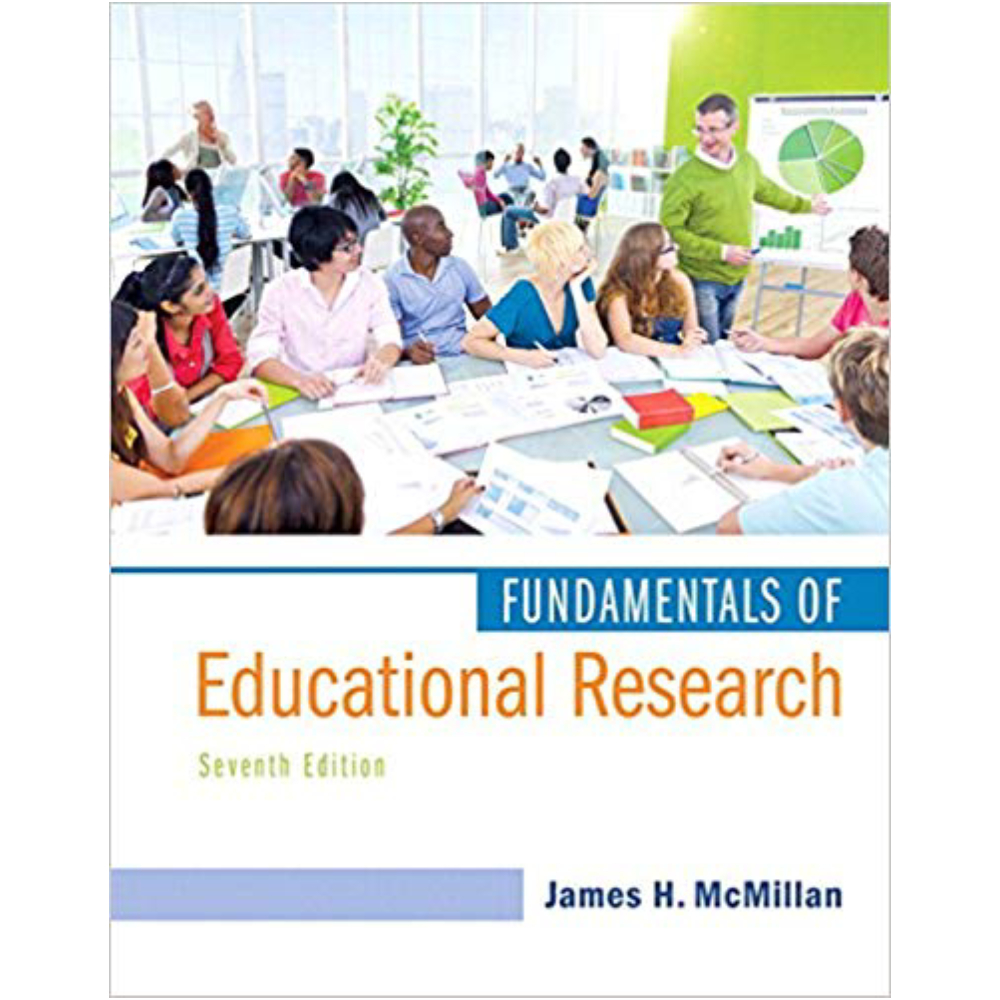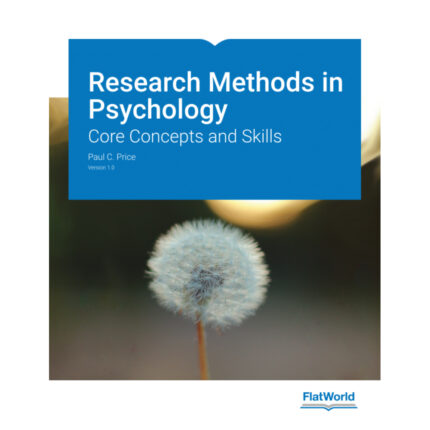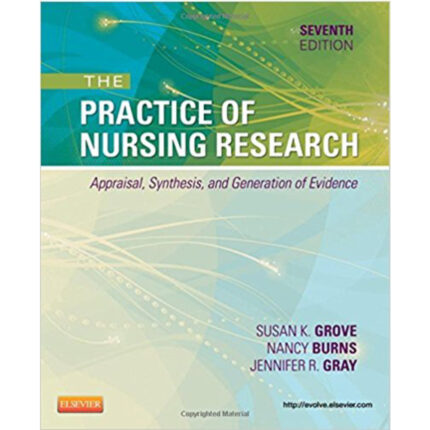CHAPTER 11: Qualitative Research Designs
SELF-ASSESSMENT ITEMS
1) Which of the following is a characteristic of qualitative research?
a) Multiple realities require an in-depth understanding of participants’ perspectives.
b) The context in which phenomena occur is critically important to understanding that phenomena.
c) It is acknowledged that all researchers have biases that limit the way in which they see and interpret phenomena.
d) All of the above
2) Which of the following is true of qualitative research?
a) Narrative descriptions are used by the investigator.
b) The context in which behavior occurs is of secondary importance.
c) The researcher avoids direct contact with the participants of the study so as not to bias the results.
d) The researcher collects data to prove a theory.
3) What purpose does an emergent research design serve as used by qualitative researchers?
a) The research problem is studied extensively before the study begins so there are no changes once the design has emerged.
b) The concrete, sequential nature of an emergent design allows for systematic discovery.
c) An emergent design allows for flexibility so the researcher doesn’t begin the study with preconceived ideas.
d) An emergent design is the most efficient way to collect data from participants.
4) A researcher studied the use of electronic, interactive whiteboards at a school by embedding herself in the school and describing their use in-depth. This is an example of which type of study?
a) Ethnography
b) Case study
c) Grounded theory
d) Critical studies
5) Which qualitative research design describes and interprets the everyday life experiences of participants to understand their experiences as they perceive them?
a) Ethnography
b) Case study
c) Phenomenology
d) Grounded theory
6) A researcher who focuses on unequal treatment to a marginalized group is involved in which type of qualitative research?
a) Phenomenology
b) Critical studies
c) Narrative inquiry
d) Ethnography
7) Which of the following threats to validity is typified by a researcher missing instances of a behavior because he has created an observation tool with a narrow definition of the behavior?
a) Context insensitivity
b) Researcher bias
c) Instrumentation
d) Sampling
8) A researcher interviewed multiple, key stakeholders but reported only her own interpretations of their comments. This is an example of which qualitative threat to validity?
a) Confirmability
b) Instrumentation
c) Context insensitivity
d) Sampling
9) A researcher investigated the drug culture in a large, urban high school, but did not include in his examination the history of the drug use in the school. This is an example of which qualitative threat to validity?
a) Confirmability
b) Inauthenticity
c) Context insensitivity
d) Researcher bias
10) In a research study on sexual abuse on a large, college campus there were no interviews with sexual abuse victims or persons accused of sexual abuse. This is an example of which qualitative threat to validity?
a) Triangulation
b) Instrumentation
c) Inauthenticity
d) Inadequate transparency
Chapter 11
1. d
2. a
3. c
4. b
5. c
6. b
7. c
8. a
9. c
10. c













Reviews
There are no reviews yet.